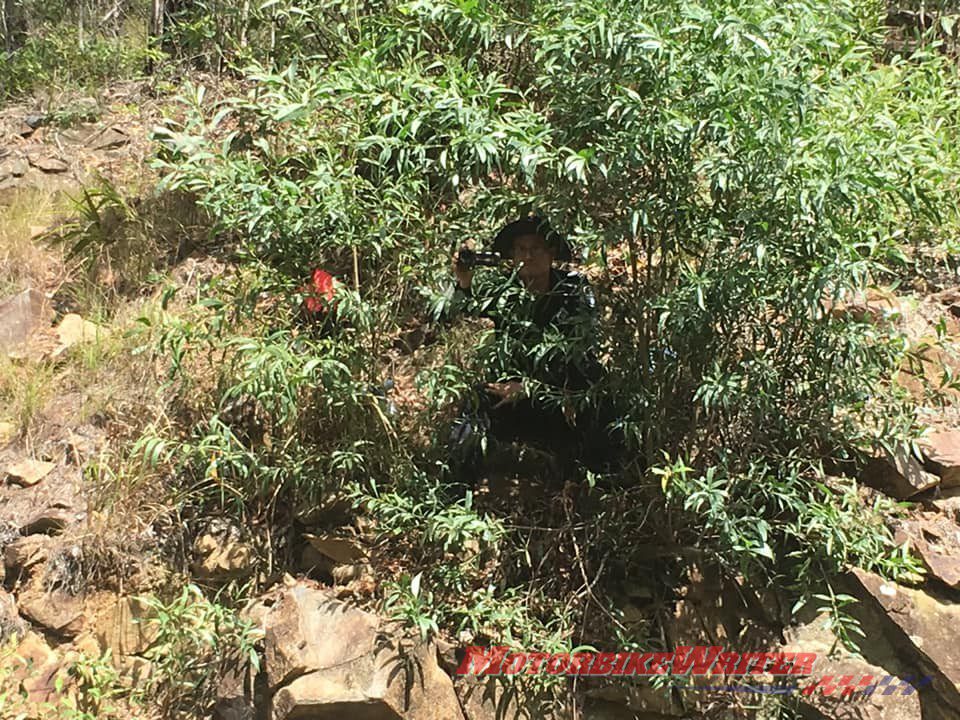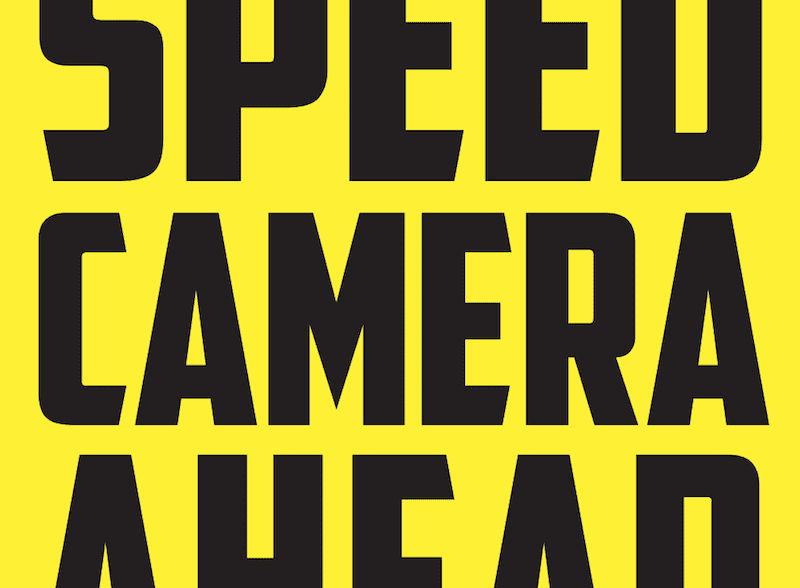A Monash University Accident Research Centre professor has told the Australasian Road Safety Conference (28-30 September 2021) that mobile speed cameras need to be located in less predictable locations.
Professor Maxwell Cameron‘s comments follow the recent Victorian Government announcement to increase mobile speed camera hours by 75%.
He says the increased camera hours should “take the form of at least 75% increase of rural sites and the new sites should be selected on the basis of a serious crash history”.
“Mobile speed cameras on Victoria’s rural roads are not as effective as they could be because of poor site selection and the limited number of sites, and the visibility and predictability of their enforcement operations,” he says.
It’s nothing really new the MUARC Professor who has for years has claimed that high-visibility speed cameras are only good for reducing speed at a black spot.
Mobile speed cameras were originally introduced to reduce speed at black spots.
Yet more and more states are removing warning signs of their location.
A 2018 report by Queensland’s auditor-general found only 16.3% of mobile deployment hours was covert because police want to avoid perceptions of revenue-raising.
It recommended that a high percentage of covert deployment would prompt a general deterrence to speeding.
Professor Cameron agreed: ”… if you’re trying to affect speeding all the time then the best idea is to make sure the cameras aren’t predictable or apparent and to operate them covertly,” the professor says. “The idea of being conspicuous is really in the wrong direction.”

We asked police in every state for their policies on covert speed detection:
Victoria Police say mobile speed cameras are “not deployed in a concealed way”, but didn’t answer questions about handheld devices and cops hiding in bushes.
South Australia Police say they make “no apologies about using covert, camouflaged cameras to detect dangerous road behaviour”.
WA Police basically told us it was none of our business: “We use various tools to assist in our traffic enforcement capabilities. We will not be providing details of specific tools or methodologies.”
NSW Police say they “use a range of enforcement strategies to assist in reducing road trauma”. But, like the WA cops, they say it’s none of our business.
“For operational reasons it would be inappropriate to discuss the guidelines surrounding these strategies. If riders and drivers observe the speed limits then they have nothing to be concerned about,” they say.
Queensland Police are a little vague, telling us the Queensland Camera Detected Offence Program “utilises an evidence based mixture of covert and marked camera operations”.
Yet the Queensland police website clearly states: “It is not the policy of the Queensland Police Service to deliberately conceal speed cameras.”
They also says made this comment about police using hand-held devices:
“Police officers operating mobile speed cameras from vehicles and police officers with hand-held speed cameras, can position themselves at these sites at any time of day or night, on any day of the year. Police officers can operate mobile speed cameras from marked and unmarked vehicles either in uniform or in plain clothes at approved sites.
“Speed enforcement is anywhere, anytime on Queensland roads. Speed Camera operations complement on-road patrols performed by covert and marked police vehicles that includes covert motorcycles.”
The Australian Motorcycle Council does not support speed detection where enforcement is received by the offender weeks later in the post.
“It can have little or no impact on road safety since the detected offence continues without restriction at the time, allowing risky behaviour unabated in most cases,” the AMC told us.
“Marked police presence and immediate enforcement has been proven time and again to be the most effective road safety enforcement, but often has less financial return for the State or Territory Government.
“With the rise in road tolls around the country this year it brings to mind the definition of stupidity: doing the same thing over and over yet expecting a different result.
“It is way past time for road safety authorities to go back to basics and encourage advanced training and the proper teaching of roadcraft to all road users.”
It’s not just motorcyclists who don’t like covert speed detection devices.
Queensland Police Union president Ian Leavers says these “sneaky” devices do not reduce the road toll nor stop motorists from speeding.
“Getting a ticket in the mail up to a month after speeding when you can barely remember even where you were back then, has no effect and is quite rightly cynically viewed as revenue raising,” he said.



